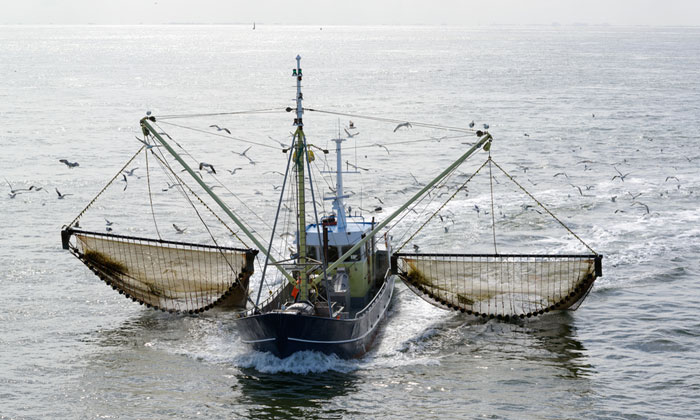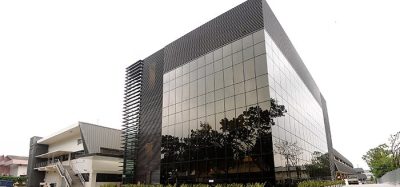AI and machine learning to be rolled out for more sustainable fishing
- Like
- Digg
- Del
- Tumblr
- VKontakte
- Buffer
- Love This
- Odnoklassniki
- Meneame
- Blogger
- Amazon
- Yahoo Mail
- Gmail
- AOL
- Newsvine
- HackerNews
- Evernote
- MySpace
- Mail.ru
- Viadeo
- Line
- Comments
- Yummly
- SMS
- Viber
- Telegram
- Subscribe
- Skype
- Facebook Messenger
- Kakao
- LiveJournal
- Yammer
- Edgar
- Fintel
- Mix
- Instapaper
- Copy Link
Posted: 24 April 2018 | George Smith (New Food) | No comments yet
From artificial intelligence (AI) and machine learning to CCTV and big data – computer scientists at the University of East Anglia are part of an international effort to make the fishing industry more sustainable.


FISHING MISSION: The researchers come from all over Europe
UEA are part of a new £5 million EU-funded project to revolutionise the fishing industry, which employs over 24,000 people in the UK and contributes around £1.4 billion to our economy.
It is hoped that pioneering technology will contribute to making the industry more environmentally friendly, sustainable and profitable.
The ‘SMARTFISH-H2020’ project, co-ordinated by SINTEF Ocean in Norway, draws on research from universities in Norway, Denmark, Turkey, France and Spain, along with institutes and industry partners across Europe. Other UK partners include Marine Scotland, The Centre for Environment, Fisheries and Aquaculture Science (CEFAS), and Safetynet Technologies Limited.
The project aims to develop, test and roll out a suite of high-tech systems that optimise efficiency and reduce the ecological impact of fishing on the marine environment. The pioneering new technology will also improve automatic data collection and provide evidence of fishing regulation compliance.
The team at UEA’s School of Computing Sciences will focus on developing image technology such as on-board CCTV and smartphone apps to automatically quantify the fish catch. It is hoped that this information will not only benefit fishermen, but also academic research and policy makers.
The developments will assist commercial fishers throughout Europe in making informed decisions during pre-catch, catch, and post-catch phases of the fishing process.
Project leader Dr Mackiewicz, from UEA’s School of Computing Sciences, said: “In recent years we have experienced extraordinary advances in camera technology, machine learning and artificial intelligence. Machines have become capable of performing certain vision tasks, such as image classification and object recognition, in real time and with high accuracy.
“We will develop advanced image processing and machine learning software which can be used to analyse fish catch images from on-board CCTV and handheld devices such as smartphones.
“It will help those in the fishing industry make informed decisions and lead to better economic efficiency, as well as reduce unintended fish mortality. It will also help provide new data about fish stocks and automatically collect catch data to ensure compliance with fisheries management regulations.”
“The new innovative technologies we are developing in the project will improve catch efficiency for the fishers, as well as the fish compositions in the catches in fisheries across the EU,” said Project Coordinator Bent Herrmann, from Sintef Ocean. “This again will lead to improved economic efficiency in the industry and for the individual fishers, all the while unintended fish mortality is reduced, so that there is less unnecessary fishing pressure and ecosystem damage”.
Prof Gerard Parr, head of UEA’s School of Computing Sciences, said: “We’re very pleased to be at the forefront of research and innovation to assist the fishing industry. This a very timely project linked to the sustainability of the fishing industry in the UK and across Europe.
“It is also recognition of the internationally-leading scientific expertise available at our School of Computing Sciences here at UEA,” he added.
The SMARTFISH-H2020 (Innovative Technologies for Sustainable Fisheries in Europe) is coordinated by SINTEF Ocean in Norway, which aims to develop technological solutions to an efficient, compliant and environmentally sustainable fishing sector. The project will receive funding from the EU’s Horizon 2020 research and innovation programme over four years.
Related topics
Food Security, Research & development, Supply chain, Sustainability, Technology & Innovation









